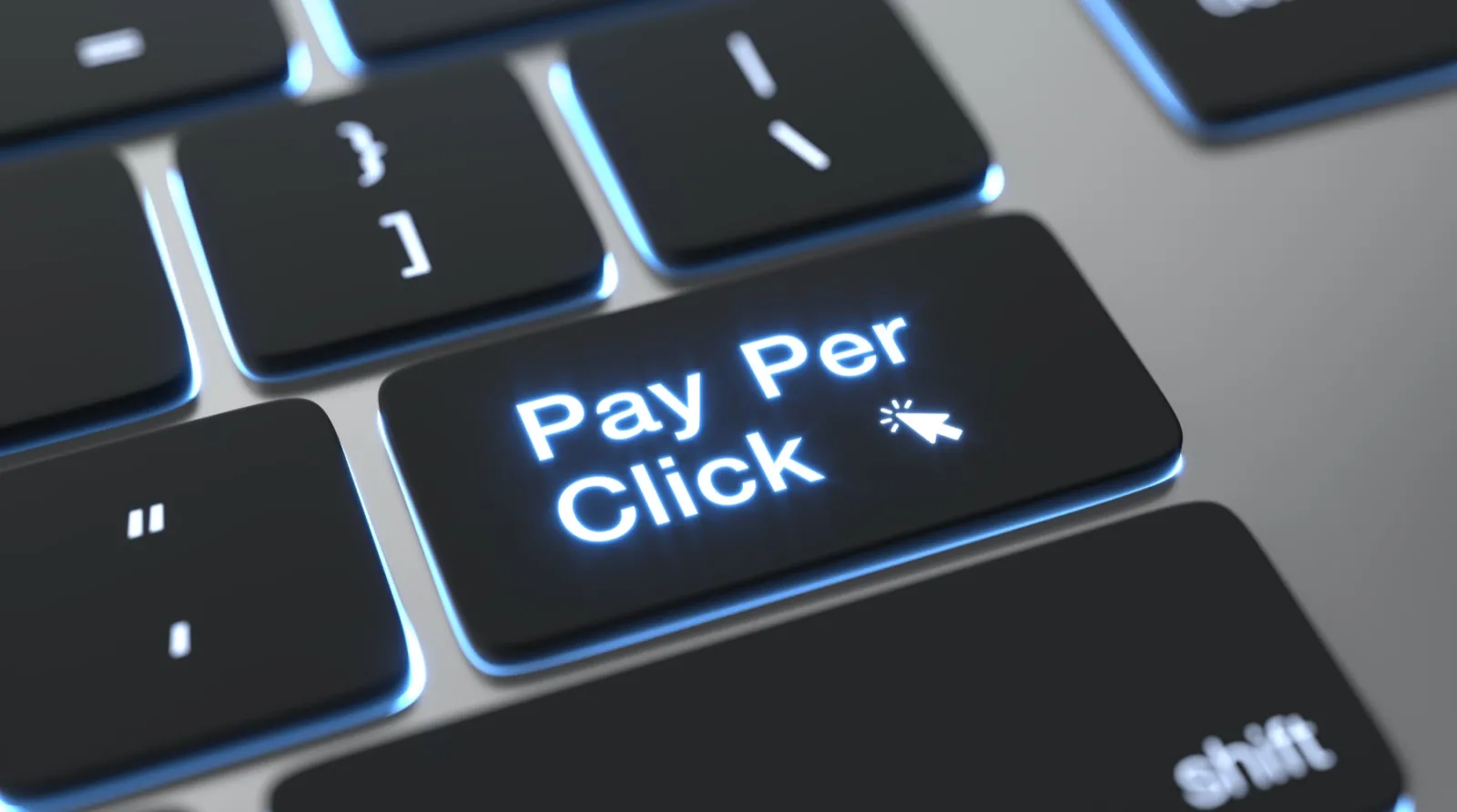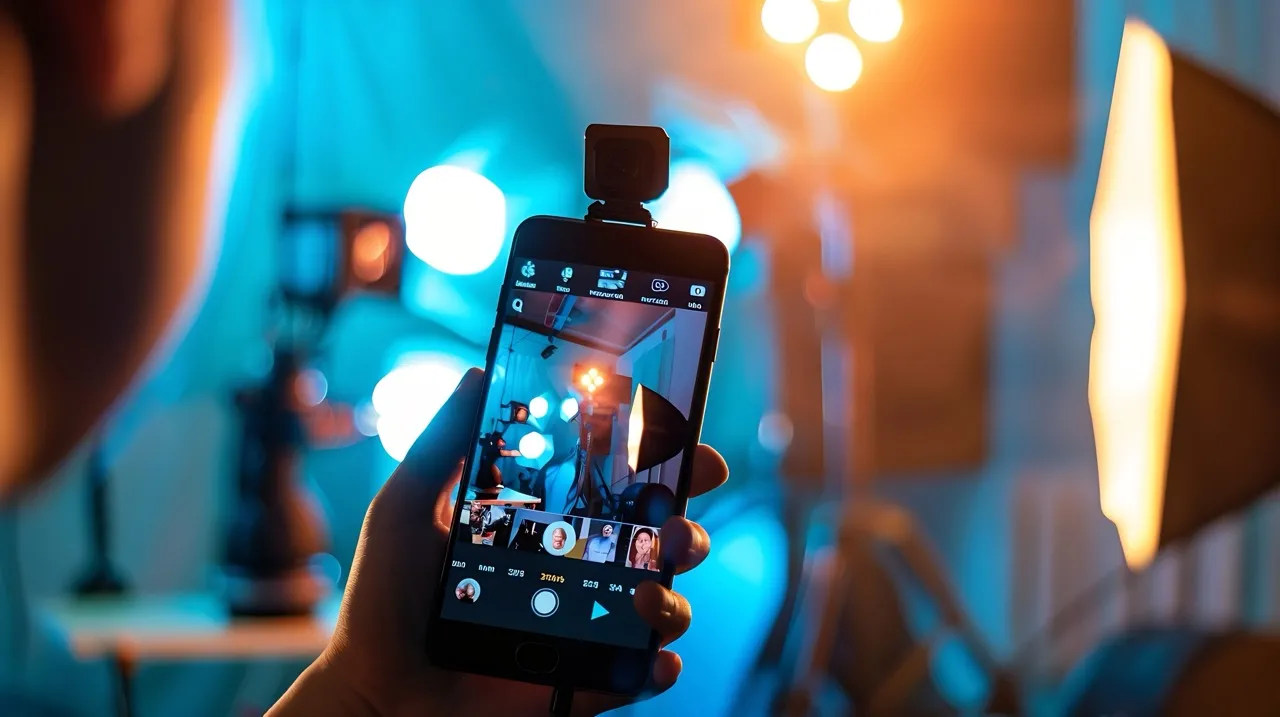Content planning in 2022: For robots, or humans?
Content marketers have been caught in the chaotic content storm for so long, that we’ve drifted off course. We have traded target audiences for media segments, brand advocates for views and clickthroughs, and are producing a quantity of content that is beyond what any single human could consume in a lifetime - just to keep the media machine happy.
As 2022 knocks on the door, we have compiled an overview of some of the key changes in content marketing for the outdoor industry, and what content marketing teams should consider doing to adapt.
1. Programmatic advertising is king, but to what end?
The digital marketing landscape has changed significantly in recent years. Programmatic advertising started as an easy way to reach and grow our existing audiences while getting never-before-seen tracking and metrics. It has now evolved into the standard in which the vast majority of advertising is purchased and distributed. As programmatic advertising evolves, questions have surfaced about its effectiveness, and reports have shown us that it might not be as foolproof as we initially suspected.
Professor Scott Galloway is never one to shy away from poking the fire. His recent newsletter titled “Carcinogens” is a striking roundup and analysis of some very disturbing trends in programmatic advertising - this is a must-read for any marketer in 2021.
The entire article is an eye-opening exposé, backed by academic research and data, that really gets the mind thinking about where programmatic advertising can and should play in our marketing mix. Amongst the findings, several statistics that stood out as having a direct impact on content planning.
- Our media segments are not as effective as we imagine them to be. In fact, studies suggest that media segmentation can be less effective than random distribution.
- KPIs are not always as they seem: By one estimate, 88% of digital ad clicks are fake.
- The accuracy of algorithms can be sketchy at best. “Plaintiffs in a class-action suit against Facebook have alleged its targeting algorithm’s “accuracy” was between 9% and 41%”
There is no need to sound the alarm bell yet for programmatic advertising - it is here to stay for the foreseeable future. And with age, these statistics have an opportunity to improve. This does, however, raise questions about the overall accuracy of our “foolproof” KPIs and beg us to dig deeper into where and how programmatic might actually be useful.
2. We have been so busy checking our KPIs, that we have forgotten about our best customers
In 2008, Seth Godin published the book “Tribes”. The core principle has stuck with me throughout my career in marketing - get the most loyal and closest customers to your brand excited, and they will be your biggest advocates, they will then become allies in further expanding your reach and doing the hard work for you.
With the rise of programmatic advertising, we have dumped our best brand advocates in favour of anyone who is willing to hand us a click to give this month’s KPI report a lift.
We are no longer inspiring and leading our advocates, we are selling ourselves to whoever will “listen (click)”, and casting such broad nets that we have completely left those who are willing to stand alongside our brands in the dust. No place is this more relevant than the outdoor industry where our audiences tend to be highly passionate and engaged participants.
3. We are feeding the content machine at a greater rate than ever before
There was a time where posting to Instagram three times a day (morning, afternoon, and night) was a great way to build followers and build awareness. It seems as though that strategy has pulled a 180 in the last couple of years, and the algorithms are actually punishing those who put out too much content. So what do we do as content planners? We test the algorithms, build new forms of content, migrate to new platforms that remind us of the good old days of social algorithms. Every now and again, the algorithm throws us a bone to keep us engaged with the platform as publishers.
Think about that for a second. What does this really mean?
Facebook and Google have replaced our customers as the ones we are trying to please with our content planning and production. Marketing teams no longer lead content planning thinking about what the customer needs. We think about what content will help us break through the algorithms. We think about what day and time of the week we should be posting so that Instagram will actually show our story to our audience. We no longer lead our content planning by thinking about what content might be really useful, inspiring, helpful, etc. to our audience.
By this point in the article, you’re probably thinking that the algorithms have taken over, and we might as well give in. Not so fast. Programmatic advertising, algorithms, media segmentation, and content requirements aren’t going anywhere soon, but we as marketers can start to think about how to leverage the strengths of these things while avoiding their weaknesses.
1. Programmatic advertising is an effective tool, but it’s not the only tool
Marketers may have taken a bit too much of a good thing. Easy metrics and KPIs have provided us with a no-brainer when it comes to channel planning and where to put our marketing dollars. But where do marketers draw the line?
At a tactical level, there is no denying that programmatic advertising works as a conversion tool. You serve your customer an ad for something they are aware of and have an option to purchase, and at least a percentage will convert. it doesn’t even have to be a good ad.
At a very simplified level, a tactical ad is simply putting a “buy now” button in front of your customer.
But what leads our customers to the “buy now”? Are we loosely targeting ineffective media segments? Are we recycling tired content to “refresh” existing creative to drive brand awareness? Is a 2% conversion rate really anything to get excited about? AND if the 88% of clicks are fraudulent stat is true, where does that leave our 2%? Yikes. When companies such as Procter & Gamble cut $200m from their ad spend, it raises some eyebrows.
It is also important to note that over the past 2 years during the depths of COVID-19, many of us have defaulted to programmatic advertising in the absence of events, activations, and lack of human-to-human interactions. With the return of these activities, our toolbox as marketers has expanded significantly - especially towards the top of the funnel.
2. Remember that you have an audience, and they are human beings
In the outdoor industry, we are fortunate to have one of the most passionate and vocal audiences out there. We aren’t selling paper towels or chewing gum. Outdoor participants are passionate about our products, services, and the lifestyle that surrounds them.
If you really dig into the motivations, goals, and context of your audience, you will be able to plan content that will resonate with the human beings that are likely to be advocates of your brand. Figuring out media segmentation is a critical step, but is one that should come after you have figured out how to speak to your best audience.
Provide your audience with thoughtful content that gets them excited and engaged. An engaged audience will reward you much more than one who has been inundated with the same message 500 times.
3. Introduce content planning tools beyond content calendars and media plans
One of the biggest shifts we have seen recently is the decreasing value of a content calendar as a planning tool. Content marketing teams default to looking at our calendar and thinking “what should I publish for Thursday”. Should the question not instead be “What does my audience want, and when might they want it”. If the answer to the latter half of that question happens to be Thursday, then put it in your content calendar for publishing on Thursday, but don’t let “Thursday” be the driving factor behind your creation of content. Content calendars still serve an important purpose in reminding us when we should be publishing our content, but there are plenty of other tools to help manage content. Some of our favourite tools that are useful in shifting your content planning into 2022 and beyond:
- A content POV for your brand: A statement that clearly defines how your brand intends to impact its audience through content.
- Customer journey mapping: Understanding where your audience is at in their purchase journey, and how that relates to your products and services, is a critical step in providing relevant and timely content.
- Comms model by stage of the funnel: A high-level view of what your content should be trying to achieve at each stage of the funnel, and how it would typically be best communicated to your audience.
- A content collection framework: A bespoke framework for your brand to understand how your overall content strategy delivers your content through your brand POV to your audience when they need it most.
- A content calendar: A tool to remind you when you are scheduled to publish content.
We have found these tools to be very effective in bringing the customer back to the centre of content planning, and using the right channels and algorithms to distribute it further from there. This opens up opportunities for content marketing teams to once again focus on the best content to rally our biggest advocates, and work with our media agencies to figure out the most effective ways of reaching those audiences effectively.





